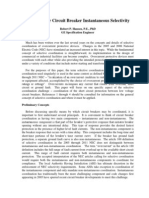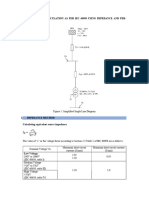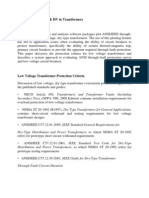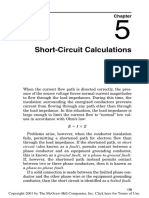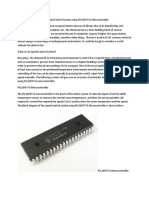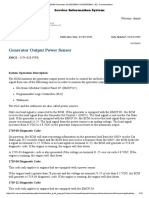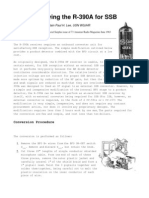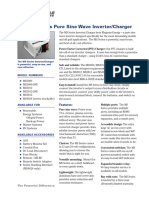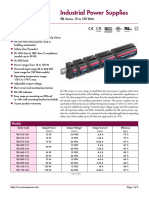100% found this document useful (1 vote)
239 views13 pagesShort Circuit Analysis
A short circuit study analyzes the magnitude of fault currents that could occur in an electrical system and compares them to the interrupting ratings of overcurrent protection devices. It must be conducted according to ANSI standards. Short circuit currents can damage equipment by introducing large amounts of heat or magnetic force. Regular short circuit studies are needed when first designing a system and any time changes are made to ensure protective devices can safely interrupt fault currents without harm. They are calculated using software like NEPLAN and help avoid outages and protect equipment and workers.
Uploaded by
JOHNPOL BALAZONCopyright
© © All Rights Reserved
We take content rights seriously. If you suspect this is your content, claim it here.
Available Formats
Download as DOCX, PDF, TXT or read online on Scribd
100% found this document useful (1 vote)
239 views13 pagesShort Circuit Analysis
A short circuit study analyzes the magnitude of fault currents that could occur in an electrical system and compares them to the interrupting ratings of overcurrent protection devices. It must be conducted according to ANSI standards. Short circuit currents can damage equipment by introducing large amounts of heat or magnetic force. Regular short circuit studies are needed when first designing a system and any time changes are made to ensure protective devices can safely interrupt fault currents without harm. They are calculated using software like NEPLAN and help avoid outages and protect equipment and workers.
Uploaded by
JOHNPOL BALAZONCopyright
© © All Rights Reserved
We take content rights seriously. If you suspect this is your content, claim it here.
Available Formats
Download as DOCX, PDF, TXT or read online on Scribd
/ 13










